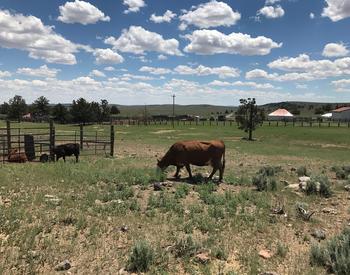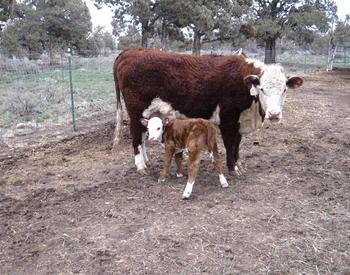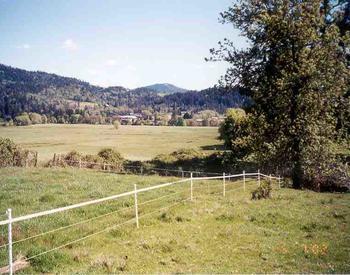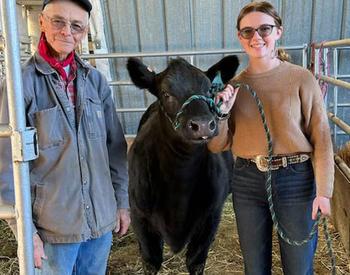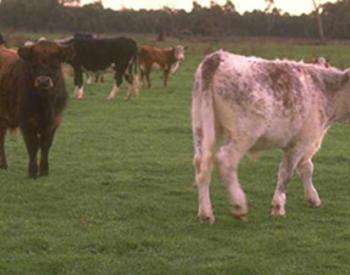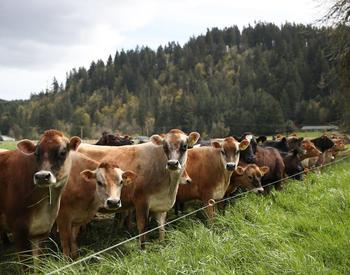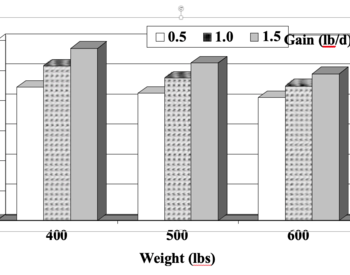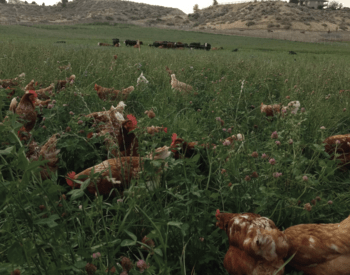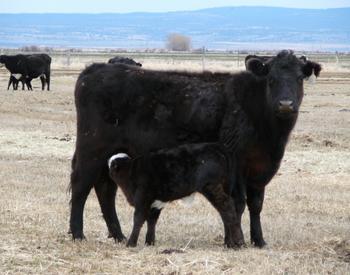Creep-feeding and early weaning are two options a cow-calf manager has in dealing with young calves. Each practice has a specific purpose in a management scheme. However, they are sometimes used improperly and the expected goal is not achieved.
Creep-feeding
Creep-feeding is the practice of providing supplemental feed to suckling calves while restricting access of older cattle. The goal should be to increase the weaning weight of calves. Depending on the cost of feed and the price of calves, this may or may not be profitable. A good rule of thumb is: The selling price per pound of calf should be greater than 10 times the cost per pound of the creep. It takes about 10 pounds of feed per pound of gain.
One thing creep-feeding is not intended for is to help the cow with her condition. What happens is that calves continue to suckle similar amounts of milk, but decrease the amount of forage (hay or pasture) they consume. Research has shown that if the goal is to improve cow condition, it is more economical to increase cow feed rather than creep-feed calves.
Early weaning
Early weaning is the removal of calves less than 7 months of age from the cow. The goal here should be to help the cow maintain or improve body condition. This may be beneficial if feed resources are scarce and cows are very thin.
You will have expenses in feeding the weaned calves. However, the nutrient requirements of the dry cow are lower than the requirements of a lactating cow. So, early weaning — with the same feed resources for the cow — improves cow body condition and reproductive efficiency. The net result should be a higher pregnancy rate earlier in the following breeding season. And, calves born earlier in the following season will be older and should weigh more at their weaning.
Due to immature digestive systems, suckling calves have higher rates of gain than very early weaned calves placed in feedlots. Therefore, early weaning should not be done to get calves into a feedlot situation solely for heavier weights at a younger age. At 90 days of age calves may be consuming up to half of their diet as forage and half as milk. At 120 days of age, the rumen is functioning sufficiently for calves to make satisfactory gains without milk. Again, very early weaning should be limited to times of drought or other times of low feed resources. Use care when considering a feeding program for the very young calf.
Be certain your practices are designed for the purpose you have in mind. Consider costs and benefits for the specific situation you are in. Some years these practices will be beneficial; other years they will not.
